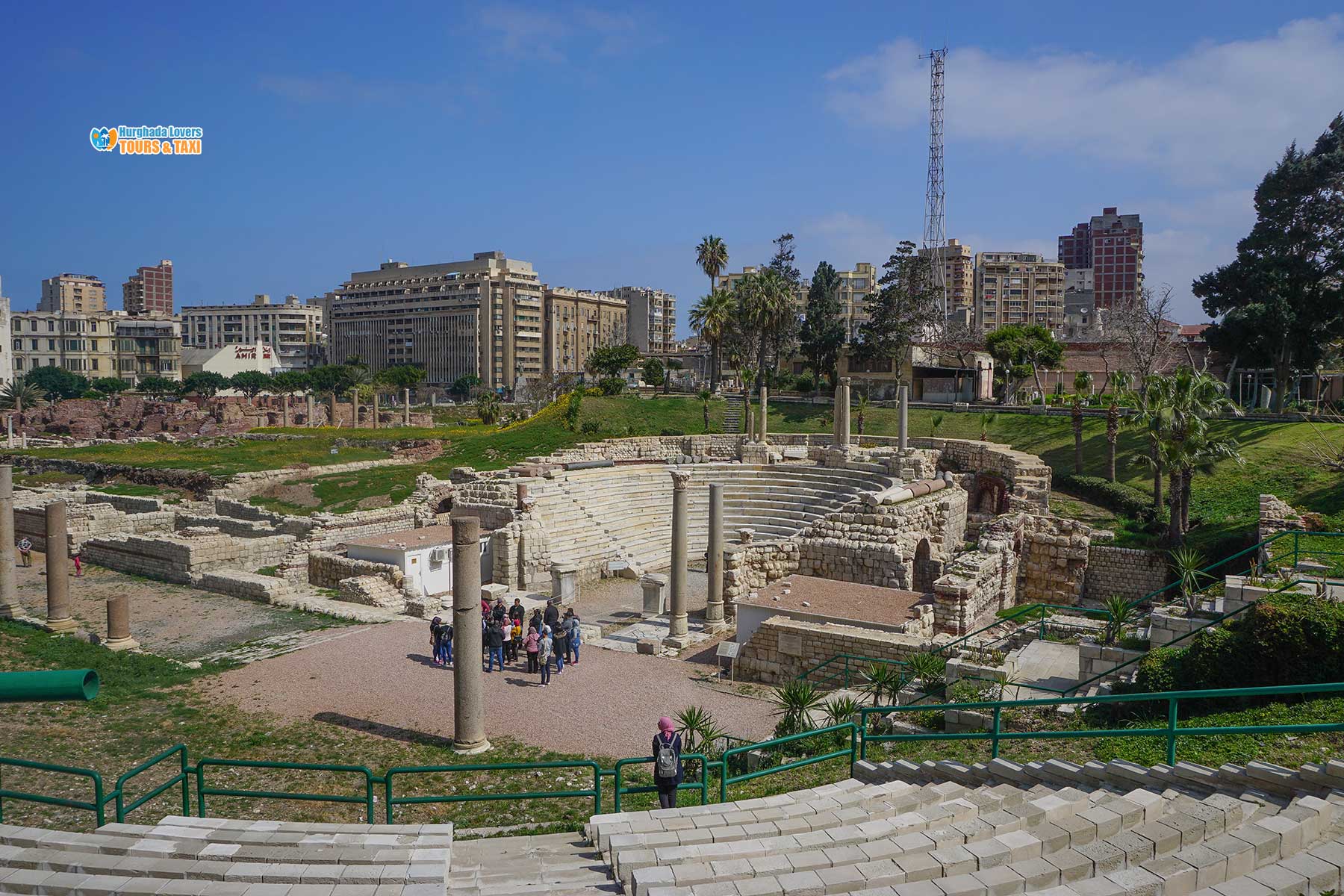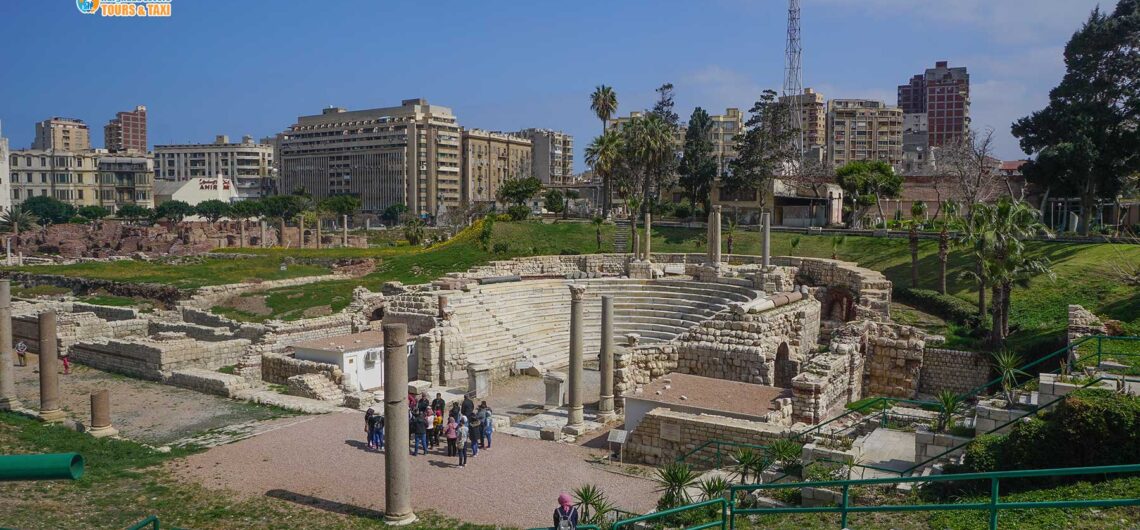Greek-Roman era of ancient Egypt (332 BC – 396 AD) | facts and history of the Roman Empire, how it began and more
the most important kings, relics and achievements of that period throughout the history of the civilization of Egypt.
The Roman era is one of the historical eras that included many events from the beginning of the empire and the stages of prosperity, to the stages of turmoil that threatened its existence. Learn about that information and the stages below.
Hurghada lovers Offer Luxury Hurghada to Luxor Tours | El Gouna to Luxor Tours | Makadi bay to Luxor Tours | Sahl Hasheesh to Luxor Tours | Soma bay to Luxor Tours.
Greek-Roman era
What is the capital of the Roman Empire?
Rome is the first capital, Mediolanum the capital of the West and Constantinople the capital of the East from 286-330.
What is the official language of the Roman Empire?
Greek and Latin were the official languages until 610.
Who is the first emperor of the Roman Empire?
Augustus is the first emperor from 27 BC to AD 14.
What is the date of the founding of the Roman Empire?
The empire was founded in the year 30 to 2 BC.
Greek-Roman era and Byzantine period
Greek-Roman era, Period: 332 BC – 642 A.D.
When Egypt was in civilized decline, Greece was in a civilized ascent that was later destined to collide with all the remaining civilizations of the East until Alexander of Macedonia was able to reach the borders of the entire ancient world, followed by the dream of forming a world state, and Egypt was one of the first to seize it, and Egypt went through the following steps:
- Invasion of Alexander of Macedonia: 332 BC
- Ptolemaic period (332-30 B.C.)
- Roman era (30 BC) C.- 295 A.D.)
- Byzantine and Coptic period (337-641)
- The Arab-Islamic era began from 642 AD.
Alexander built many cities that Dr. Alexandria called the exploits, the number of which was more than 70 cities and was known to the most wicked, perhaps the most delicious Alexandria in the world Alexandria Egypt. After Alexander’s death, all of Egypt fell under the rule of Ptolemy, Alexander’s leader.
Ptolemy quickly gradually came under the influence of the remaining echoes of Egyptian civilization and an eye-catching mix of Hellenistic civilization emerged in Egypt, becoming the hero of the new pharaoh of Egypt, and the city of Alexandria became a great center of Hellenistic culture and was supported by the Ptolemaic kings without borders, where the Museum of Alexandria, which was first dedicated to women of the arts, was established.
Two or three generations of scientific research in Alexandria were of excellent quality, and a miraculous group of scientific pioneers and mathematicians such as Euclid in engineering, Apollonius in mathematics, Heparvos in astronomy, Heron the inventor, Archimedes in physics, Hervelos in anatomy and others appeared.
The Library of Alexandria became the largest encyclopedic reading house in the ancient world, and Egypt became an intellectual and spiritual laboratory from which the great Hellenistic blogs emerged, so “for the first time we find in this institution the first specific beginning of the intellectual movement in which we live today, where we find knowledge. This is the beginning of one of the great epochs in the history of the world, the true beginning of modern history.
Egyptian civilization and Greek-Roman era:
One of the strangest phenomena of this stage is that the Egyptian religion retained its cohesion and strength without, in Greek times in particular, being subjected to cracks or vibrations in the deep, which Adolf Erman believes to be the prior complicity between kings and priests.
Greek kings and emperors therefore made religious power under their protection, supporting temporal power. This relationship, which lasted nearly 500 years, brought the Egyptian cult to a happy conclusion, remaining from its temples to the end, with majesty and grandeur, and the government protecting it even as its own people began to abandon it.
The reverence and deification of kings continued, with Greek kings and Roman emperors becoming gods at the official level (the gods of government), while the people did not worship them, but flattering priests had acquired a new title that brought them closer to kings as gods: priests (the loving gods of their sisters) or priests (good gods).
Despite the formal mix between the Greek and Egyptian gods, the magic of the Egyptian gods remained strong among the Egyptians, Greeks and Romans, and the worship of the Egyptian gods even invaded Europe.
The only phenomenon of living and creative mixing between the Egyptian and Greek gods is the appearance of the god Serapis, the sacred bull Apis in the form of the dead Osiris, who was raised by the Greeks to a high rank and became the main god in the kingdom of the Ptolemies and merged with Zeus.
The cult of the goddess Isis rose and became the embodiment of the female deity, and over time, the qualities of the Egyptian and Greek female goddesses came together. The god Horus was the child (Herpa Khered) or as the Greek (War of the Earrings) was the son god of the priests and Isis.
Egyptian civilization – Greek-Roman era:
The Egyptian civilization continued to interact and influence the Roman civilization, and its seduction on the Romans was great in various areas and in religion in particular, “when the Romans came to Egypt, Egypt became a state in 30 BC.
This trinity was the most powerful, including the ancient art of magic, the fundamental importance of healing diseases and wounds, love spells, the sophistication of bringing power and prestige, and all the strange spells that cause madness and illness. He believed that the magician of that time could understand the logic of birds and reptiles, the open sky, the earth and the Salafist world, and invoke the dead of their world.
With the end of the Egyptian religion, two things were that the slow integration of the Egyptian, Greek and Roman gods made the Greek gods prevail in form and Egyptian in substance.
History of the founding of the Roman Empire
• Rome was initially a republic, and it began to expand shortly after the founding of that republic.
• Ancient Rome was not a state in the actual sense of the word, but a group of interconnected cities and a group of provinces run by military leaders.
• Rome in the first century BC went through a series of disturbances, both on the military and political levels.
• Rome also suffered in the late second century from a series of conspiracies and internal wars.
• In 44 BC Julius was the dictatorial Caesar for a short period because of his assassination.
• Octavian’s forces defeated Cleopatra in a battle called Actium in 31 BC, here was the end of the Roman Republic and the
beginning of the Greek-Roman era.
The constitutional order did not vanish quickly, but Augustus, who was appointed by the Senate of Rome, is in control of this constitutional order.
• Augustus was so loved that he was able to restore safety to Rome and end a great series of wars.
• For 200 years, Romania has prospered in all aspects, including the social and economic aspect.
Fall of Greek-Roman era in the West
• The crisis of the third century that the Roman Empire experienced, a period that went through a lot of civil unrest in addition to economic collapse and the plague.
• Aurelian came and managed to bring the empire back to control the situation again.
• Diocletian then completes the march, dividing the empire into four regions, and each quarter is ruled by a different ruler.
• The Tetrarchy collapsed quickly, but Constantine the Great restored order, the first emperor to enter Christianity, and he was also the one who established Constantinople.
• The empire was divided into the eastern and western axis, and the Western Roman Empire began to disintegrate due to immigration and conquest.
• Despite the empire’s success in repelling the repeated attack, the western axis began to collapse after Augustus was forced to abdicate to the Germanic Odoacer.
A glimpse into society in the Roman era
• One of the features that distinguished this era is the presence of plurality of cultures.
• The Roman era was one of the eras that paid more attention to public monuments through the amphitheatres and public baths.
• Like many societies, the Roman era contained social classes from the upper classes all the way down to the lower classes.
• However, maintaining societal balance was one of the most important features of the Roman era as well, as social life was strengthened by relying on voluntary associations.
Fraternities or fellowships are associations formed for purposes such as trade and trade unions, as well as making special drinking and dining clubs for all people.
Women in Roman Law
• Women in the Roman era, although they are free, they did not occupy any political positions and were not conscripted into the army either.
• The woman also retained her own family title, while the children bore the father’s name, but when the empire was established, the children’s name was formed from the mother’s name.
• The woman retained ownership of all her property after marriage, and she remains under the authority of her father even after marriage, and upon her father’s death she is legally free.
• The husband does not have any legal authority over the husband, but unfortunately there was a bad societal view of divorced women.
Constitution of the Roman Empire
• The Roman Empire was made up of three elements, the first element being the central government.
• The second component is the army and the third is the regional government.
• The army was in control of any area where there was war, and the police protected the citizens, fields and religious places.
• The Roman Empire was poor in terms of human resources, and it was poor in modern equipment to defend its lands.
• The central authority represented by the emperor was the greatest authority, as the emperor had absolute authority and no one participated in making decisions or policies.
• The empire’s private army was a professional army that volunteered for twenty years, and the army in this era was considered a full-fledged job.
• The army’s missions and divisions varied. A garrison in Rome worked as police and firefighters, the regional army and the naval army.


